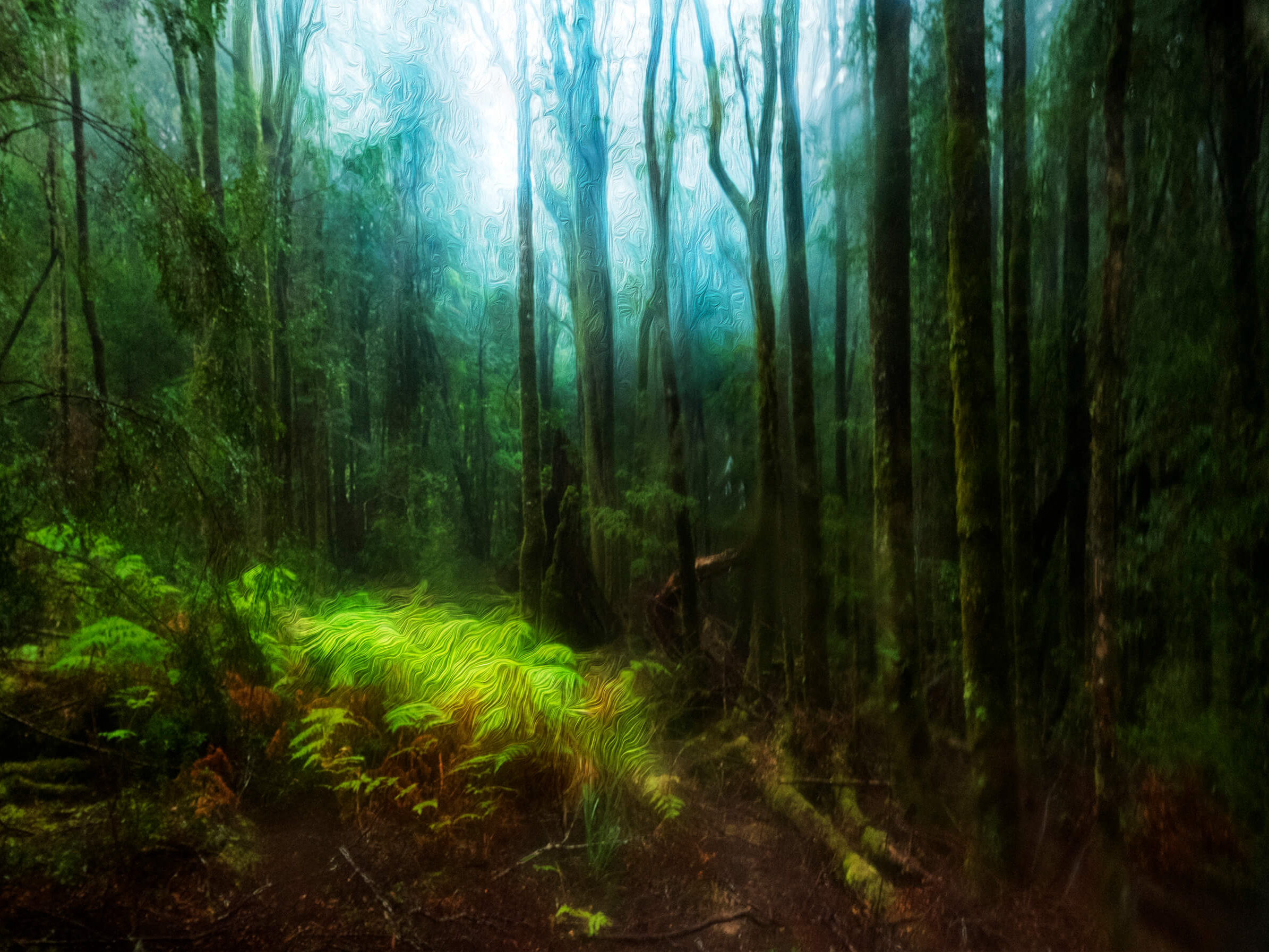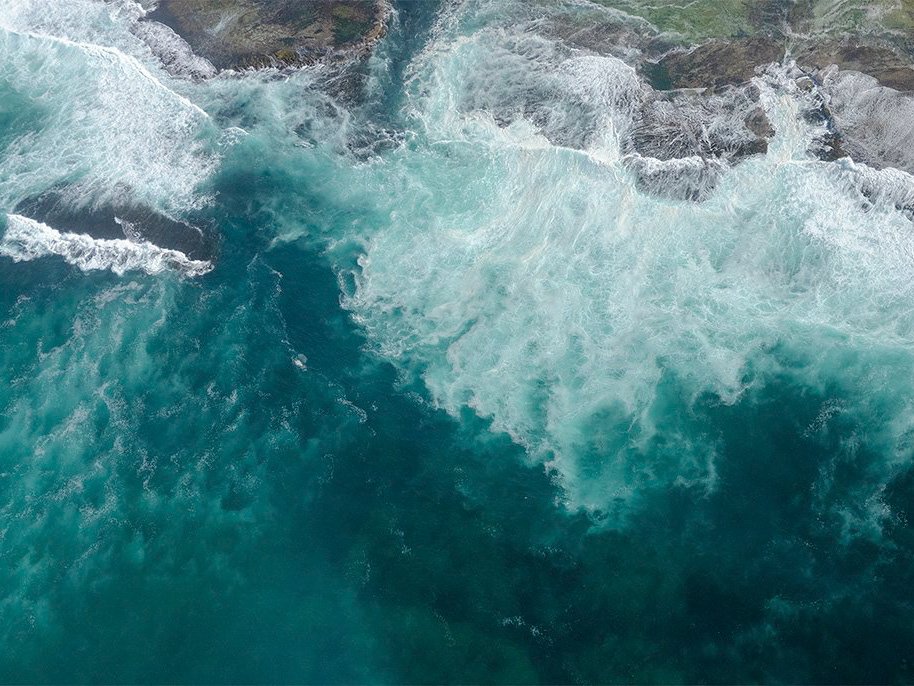As you explore my photographic work, I invite you to look closely at the harmonious blend of visual storytelling, showcasing my attraction to detail and a deep connection to the beauty of the world.
My artistic journey includes making intricately woven patterns with vibrant Murano glass, capturing the essence of landscapes from an aerial perspective.
Photography by Dylan Coleman: foyer of the Sir Zelman Cowen Centre for Science, Scotch College, Melbourne.
Artist Statement
‘Cellular Journey’
I designed the mosaic to reference the geographic features of the Scotch College location, in the form of an abstracted topographical map.
The glass mosaic of 1850 mm in diameter, sits directly beneath the entrance atrium, in the floor of the foyer of the Sir Zelman Cowen Centre for Science, Scotch College, Melbourne.
The mosaic design references the scientific fields of microbiology, biology and geoscientific field of topography.
It captures the natural features of the College site, including Gardiner Creek and the beautiful greens and land formations surrounding it. It is an abstraction of the aerial topography of the river, referencing the beautiful grounds surrounding it, the flow of life giving waters past the site, as well as the man-made journeying tracks across the land. The river represents beauty, flow, continuity and life giving forces.
Within this topography lie microbiological cell structures. Cellular divisions convey stages of growth, new life and discovery learning. Both abstract and complex, as it is in life, the mosaic directs our eyes along the course of the river, into the dividing cells and paternations of growth.
The setting for the mosaic is the agar of a petri dish used in biological classrooms and laboratories. The artwork also references bio-luminescence found in nature, as it is embedded with a resin that glows in the dark.
The mosaic is composed of over 12000 pieces of smaulti, or handmade glass, and stone mosaic tiles, produced in Italy, individually cut, and between 7-10 mm of thickness. It also utilises very large circular platters of smaulti glass.
The glass was chosen for its natural luminosity with inherent variations in lustre and hue.
A traditional Italian Facchina method (reversal on paper) was utilised in order to get a perfectly smooth finished surface.
As this mosaic design has no straight lines, virtually every tile was handcut to fit the design precisely. My mosaic artwork took over 10 months to make - from my first conceptual drawings, forging by a Murano glassmaker, airfreighted out from Italy in sections, to installation on site.
Photography by Dylan Coleman: The glass mosaic of 1850 mm in diameter, sits directly beneath the entrance atrium.
Mosaic Art Commissions
Do you have a bespoke masterpiece in mind? I am currently open to receiving commissions, let’s connect by telling me a bit about your project.
Please fill out the adjacent form and I will be in touch to arrange a time to discuss your creative project.
Thank you!



